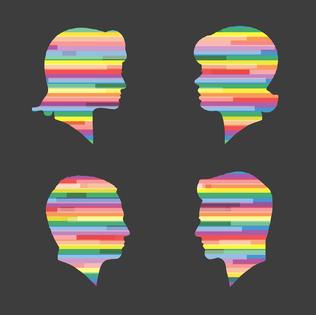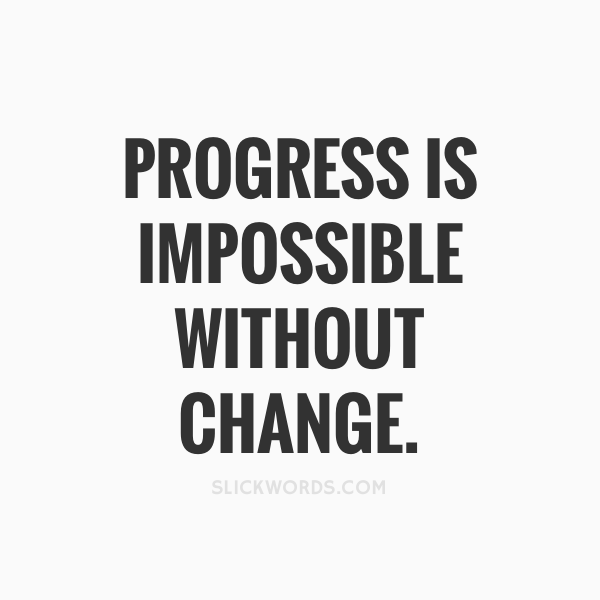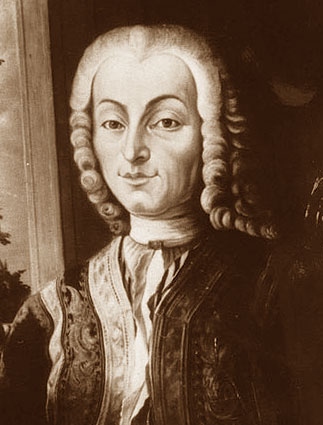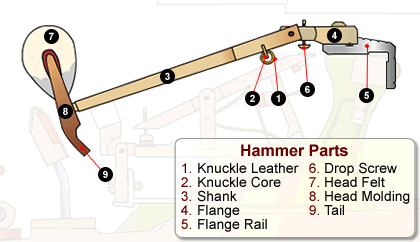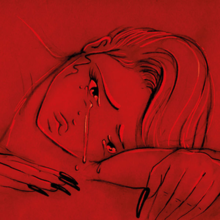
Emerging alternative-pop artist Billie Eilish has written many songs that describe loss and heartbreak. With over 2.5 billion overall combined streams globally, one of her most popular songs, “when the party’s over” describes the ups and downs of a toxic relationship.
“when the party’s over” was written by Billie’s own brother, Finneas O’Connell, who had claimed he had just “wrote this crazy f*cking song.” The lyrics allude to an unhealthy relationship, as she confronts her partner about their relationship, but it is hard to let go.
“Don’t you know I’m no good for you
I’ve learned to lose you, can’t afford to
Tore my shirt to stop you bleedin’
But nothin’ ever stops you leavin’”
lyrics from http://storyofsong.com/story/when-the-partys-over/
The chorus repeats “And I’ll call you when the party’s over” alluding to the two meeting up after a party because they need each other, even though Billie is trying to move on away from them. This concept is relatable to many people, as unhealthy relationships can tend to spiral out of control.
The meaning of the title can also have another meaning, other than toxic relationships with other people. It can also allude to the anxieties that people encounter when they go to a social event with other people around. Many people can appear to be fine at a big social gathering, but what happens to them after? It may be a huge sigh of relief that it’s over, because it can be overwhelming to some.
One of Billie’s main inspirations is Tyler the Creator. The two seem to have a thing for merging traditional body horror with the psychological torture of social anxiety in their music videos.
“when the party’s over” video was inspired by one of Billie’s own fans, where they drew a picture of her with black eyes and black dripping down her face. She was immediately star-struck by the image, and wanted to recreate it in this video.
When the video released, fans went nuts over it and curiosity struck as to how these effects were created. The video shows Billie alone in an empty room, dressed in all white. She forcefully drinks an entire glassful of a pure black liquid. As she is finished, the same black liquid oozes out of both her eyes. This is not the average “girl crying and mascara dripping down her face” kind of vibe, but more of a gruesome yet beautiful image.
As Billie drinks the liquid, it seems as if she is forcefully finishing all of it. Since so many of her songs are about toxic relationships, the black substance alludes to an unhealthy relationship
YouTuber “Cherry Pie” comments: “My interpretation of the video: Her sitting in an all white room with white clothing means that she is in a place of mind where she pure and happy. Even though many bad things have happened (which is kept in the cup) she is trying to rethink it to make herself a happier person. That’s why if you think about it she looks like she is hesitating to drink the cup of black liquid because she knows it will hurt her, but she can’t help herself so she gives into the pain. She drinks it and then the black tears come out of her eyes to show that she is suffering from not letting go on the darkness in her mind. Before the end, you can see she isn’t moving from her seat, she stays silent and still while this pain goes inside of her, and because she didn’t say anything and no one came to help, the sadness ripped her apart to death. I think this video represents that if there is sadness in your heart and everyday it gets heavier, do not stay silent about it. Heartbreaks and other things in life can be terrible, but do not hold it in, or else it will find it’s way out one way or another. Find someone to talk to your pain about. Don’t stay silent about it “
This comment stood out the most, as it also had 3.6k likes on it. Although most of the time, YouTube comments focus more on the negative aspects of a video, Cherry Pie’s comment is an example that now and then, there are people on the internet trying to spread love and awareness. I would agree/stand by this interpretation, as it describes a lot of pain that Billie is experiencing, and by drinking the entire glass of black liquid, she is giving in to the pain because she can’t help it. In an interview about the music video, Billie even stated that she enjoys pain and being uncomfortable: “Dude, I bring the most miserable things onto myself. I just do, I don’t know why I do it, but I do it. I just love pain. I’ve always loved pain. I love being uncomfortable.”
For the majority of the comments on this video, many focus on the positive and humerous aspects of Billie’s video. Jordan Alana comments a funny, “when you accidentally get liquid eyeliner in your eye 😩😩” while Madison Mitchell uses a popular meme “Me: Billie stop crying ink Billie Eilish: i said i like it like that”
Although not all the comments are as deep and emotional like Cherry Pie’s, there are fewer negative comments than one expects to see on the Internet. Rather than slamming on the artist, many YouTube comments commend her on the powerful message she is sending to her audience.

